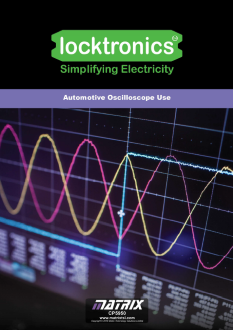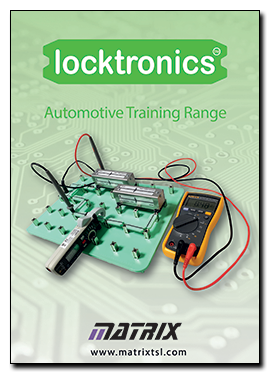Description
The LK9155 Oscilloscope trainer has been designed to provide a platform on which automotive technicians can be trained to use an oscilloscope to capture and diagnose automotive waveforms. The unit is capable of generating several basic waveforms, sine, triangle, square wave, as well as a number of pre recorded waveforms from a 2018 VW Passat. The unit also generates CAN bus signals – high and low.
The desk mounted unit is powered from an external plug top 12V power supply. It has a graphical LCD display and two signal selection UP and DOWN button switches to the left of the display. Two additional button switches on the right of the display are used for waveform properties sub-selection for individual waveforms. The unit can be used with traditional oscilloscope probes or with 4mm ‘banana plug’ wires and connectors. The unit is housed in a rugged plastic case.
There are 4 outputs on the unit: Out 1, Out 2, CAN 1, CAN 2. Once the user has selected an appropriate waveform using the button switches and the LCD then the outputs signal(s) appear on the outputs.
The output signals at the time of release are:
- Out 1: Sine wave – variable frequency
- Out 1: Triangular wave – variable frequency
- Out 1: Sine wave, Out 2: irregular repetitive wave
- Out 1: Camshaft
- Out 1: Exhaust pressure
- Out 1: Fuel pressure
- Out 1: Fuel pressure regulator
- Out 1: Injector current
- Out 1: MAF sensor
- Out 1: Turbo actuator
- Out 1: Crankshaft
- Out 1: ABS analogue
- Out 1: Camshaft, Out 2: crankshaft
- Out 1: PWM30% – adjustable between 10% and 30%
CAN1 and CAN2 permanently give out repetitive CAN bus signals.
New waveforms can be added to the unit if Pico technology devices are used to capture the waveforms. If this is of interest then please let us know.
A free set of worksheets is provided with the LK9155 Oscilloscope trainer. This starts with explaining how to trigger an oscilloscope with regular sine and triangle waves and covers the basics of triggering. Students can then work thorough triggering with irregular waveforms and two channel waveforms. Students are asked to practice triggering the oscilloscope with a number of automotive waveforms and to take measurements from those waveforms. Finally students are tasked with capturing CAN bus signals and decoding them. Teacher’s notes are provided.



